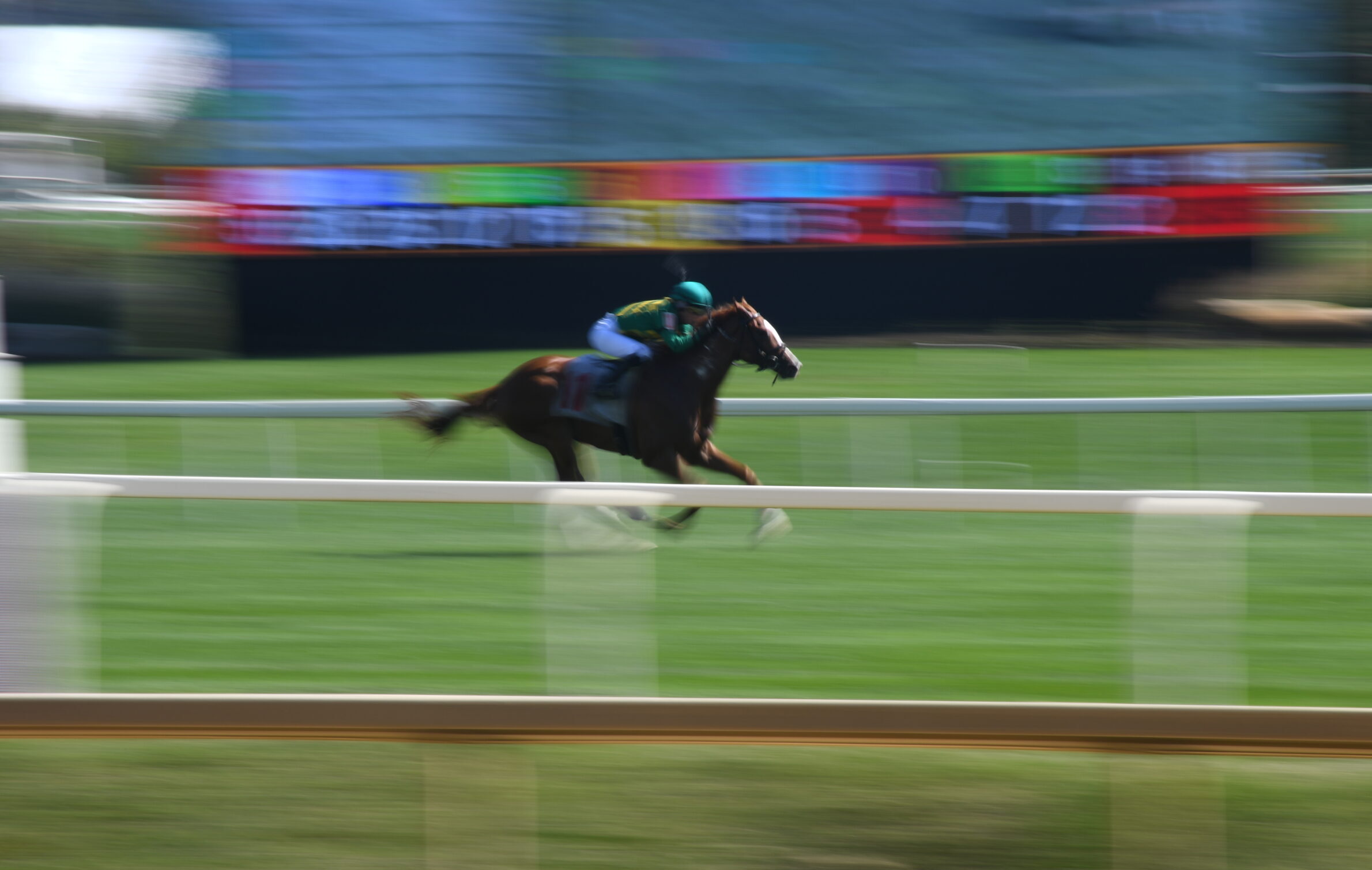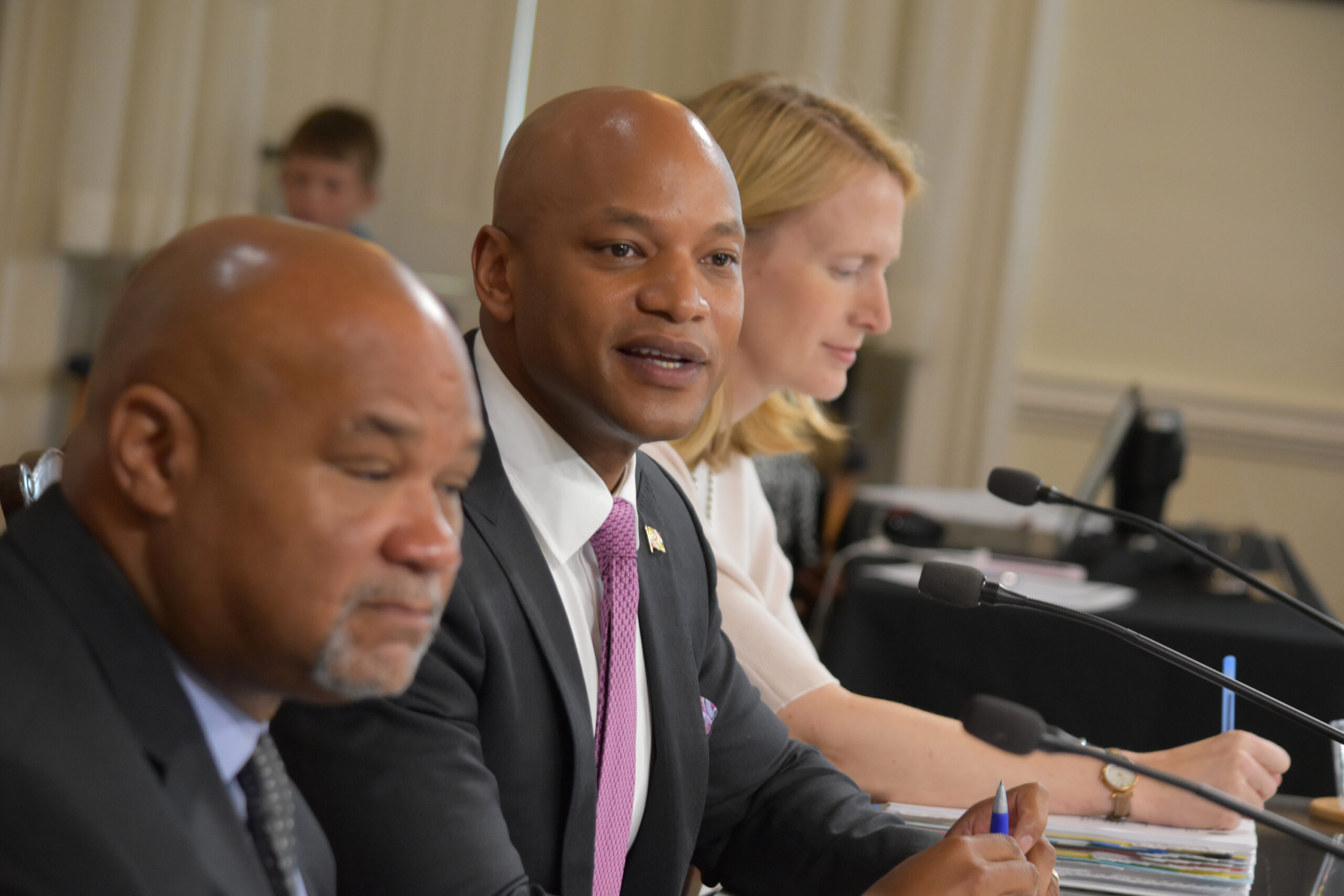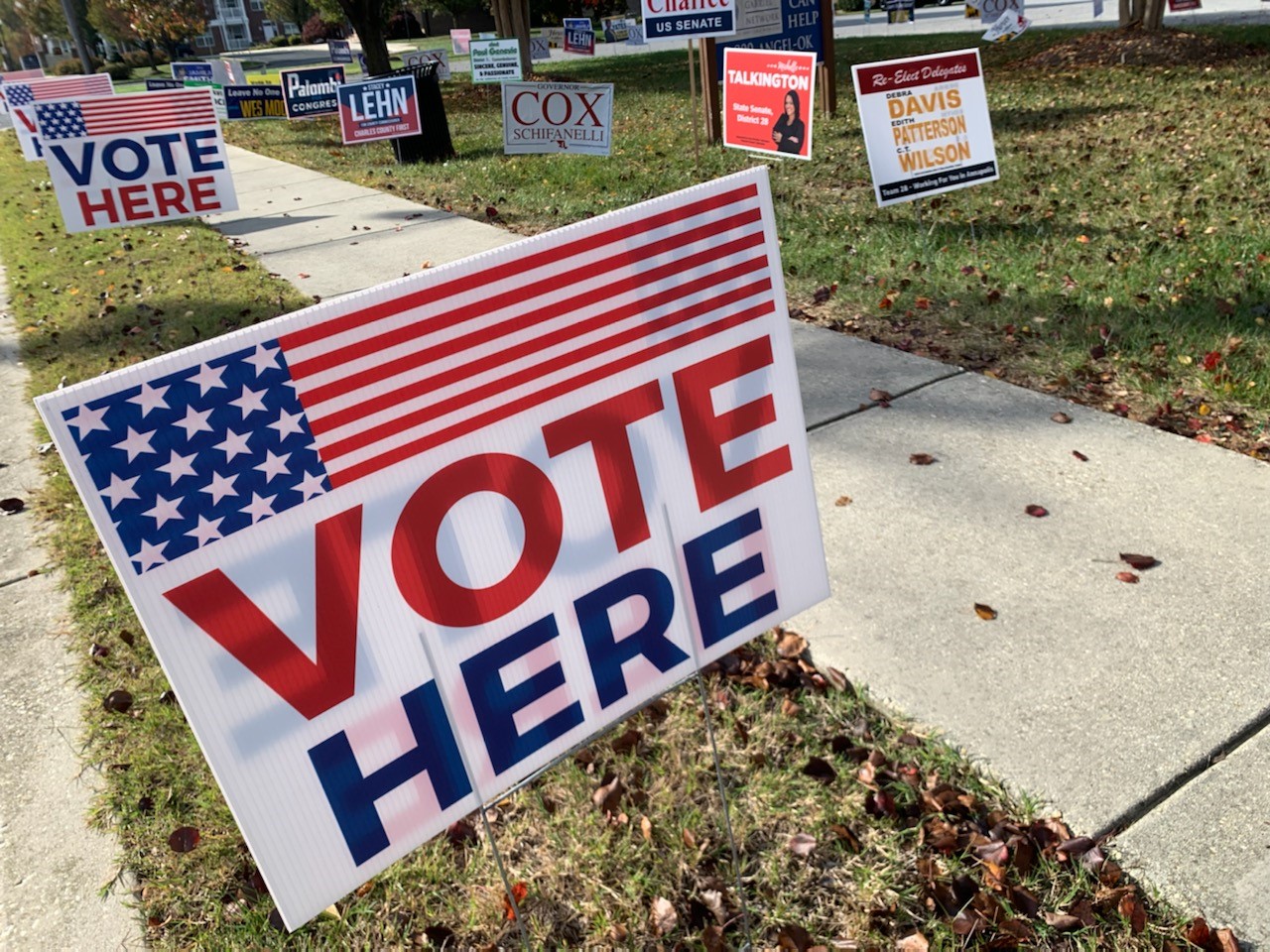As Laurel Park readies for Maryland Million, experts discuss safety of troubled sport

By Angelique Gingras
As Laurel Park readies to host the Jim McKay Maryland Million Day on Saturday, track officials say they are confident in the facility’s safety, just over five months after racing was temporarily suspended after two horses died in back-to-back races on April 20.
In the shadow of that event, Laurel Park closed for eight days while a safety inspection was conducted by John Passero, a longtime track superintendent for the Maryland Jockey Club, which runs races in the state. After his examination, and consultation between the club, the Maryland Thoroughbred Horsemen’s Association, and the Maryland Horse Breeders Association, Passero gave the track a clean bill of health, implementing safety recommendations for future races.
Passero advised that surface changes made by rainfall be monitored and suggested alterations to the park’s methods for harrowing, or plowing, the track before races, among other precautions.
Several protocols, most of which were already requirements of the Horseracing Integrity and Safety Authority (HISA), will be strictly enforced for this year’s Maryland Million race, including thorough pre-race veterinary examinations, medication requirements and training requirements, said Alan Foreman, general counsel to the Maryland Thoroughbred Horsemen’s Association who was recently appointed ombudsman to HISA.
But the safety measures may not be enough to quiet criticism of the sport, which has seen numerous, high-profile horse deaths, including in May when a horse was euthanized after a race just before Maryland’s famed Preakness Stakes at Pimlico Race Course in Baltimore.
Laurel Park marked six horse deaths in the month of April, including the two on-field fractures that led to the shutdown, and 14 to date at the facility in 2023, according to data gathered by Horseracing Wrongs, a nonprofit aimed at ending the horse racing industry in the U.S.
Seventeen horses died at Saratoga Race Course in New York this summer, and 12 horses died this spring at Churchill Downs in the weeks surrounding the Kentucky Derby. A report published by HISA last month concluded no relationship between the death of the horses and the condition of the Kentucky racetrack.
According to Horseracing Wrongs, there are an average of 35 horse deaths at Maryland tracks each year. There were 33 confirmed deaths in 2021, 26 in 2022, and 15 so far this year.
Leaders in Maryland’s horse racing industry say they are studying the problems and working hard to correct any problems.
Anytime there’s a “breakdown” — the industry term for a horse unable to run — “it needs to be examined to determine what the cause or causes were on each breakdown, whether they could have been prevented or whether they were just bad luck or an accident,” said Foreman.
Cricket Goodall, executive director of Maryland Million Limited, which hosts this event each year, said the Jockey Club is looking into new technology to mitigate risks of catastrophic injury, including StrideSafe, a cell phone-sized device worn by a horse that can detect irregularities in its stride at high speed. This could identify any pre-existing conditions or internal injuries not visible to the jockey before they cause career-ending injuries.
“I believe the incidents of breakdown (in Maryland) are the lowest ever in the history of racing, but one breakdown is too many,” said Goodall. “It’s on social media, on television so more people are aware, but the incidents have actually been reduced.”
Those measures are enough for Damon Dilodovico, who has been involved in the horse racing industry for nearly 30 years. It was a horse he trained, Bigmancan, that was the second confirmed horse death at Laurel Park on April 20. That incident has not shaken his faith in the industry, and he plans to enter one of his thoroughbreds, Patriotic Party, in Saturday’s race.
“I think it’s important to support (the industry) these days and enjoy the horses,” said Dilodovico. “Even if you’re not going to be one of the favorites, I think it’s important that you take part.”
The Million is the third-largest race in the state, behind the Preakness Stakes and its precursor, the Black-Eyed Susan Stakes. It attracts owners from around the state to enter their thoroughbreds for a chance to win a percentage of the $1 million in purses.
The race generates anywhere from $4 million to $6 million in revenue each year, with most of the funds going back to bettors, then to the industry and the state to run more races.
But, the cluster of horse deaths at Laurel Park this year isn’t any different than any other year. In fact, things are improving at Laurel Park.
“Our record has been outstanding since the corrections were made to Laurel,” said Foreman. “In general, the incidence of catastrophic breakdown in Maryland has been declining substantially for the last five years.”
Yet, there are those who believe that the industry will never be safe enough.
Jennifer Sully, the Maryland representative for Horseracing Wrongs, said horses are injured because they are racing too young.
“Their bodies are nowhere near mature. These horses are trained when they’re 18 months old. They’re raced when they’re 2 years old, and a 2-year-old horse is equal to a human kindergartner,” she said.
Maryland Million Day will feature 12 races this year, with two races reserved for 2-year-old horses and two reserved for 3-year-old horses. The rest are for all horses ages three and up.
“A lot of people want to say it’s the trainer or it’s the track surface or it’s all these other anomalies that just have nothing to do with why they’re dying, and it’s just sort of an answer to feed the public,” said Sully. “But the bottom line is they’re way too young.”
Dilodovico shares the concern about racing young horses.
“If you push them too hard, you know, maybe they’ll develop issues or fail altogether and you end up having to send them home to the farm to let them mature,” said Dilodovico.
“We’ve been able to keep horses racing into the later years, and I think that’s in part because we don’t push them too hard to race early,”
With all the attention on horse deaths, said Foreman, it’s been a “difficult year.”
“The goal is to get to zero (track deaths). It’s going to be difficult to get to zero, but you do everything you can to prevent it from happening and try to learn from the situation when it does happen, which is what we do. We’re laser focused on it.”
The only real solution, Sully says, is putting an end to the industry.
“There’s no gray area or reform or happy medium. Horse racing just needs to end. The killing is built into the industry itself and these horses will keep dying as long as horse racing exists,” said Sully.
HISA will publish a full report on the investigation into the safety at Laurel Park in the coming months. The 38th Maryland Million will run Saturday with the first race starting at 11:30 a.m.



